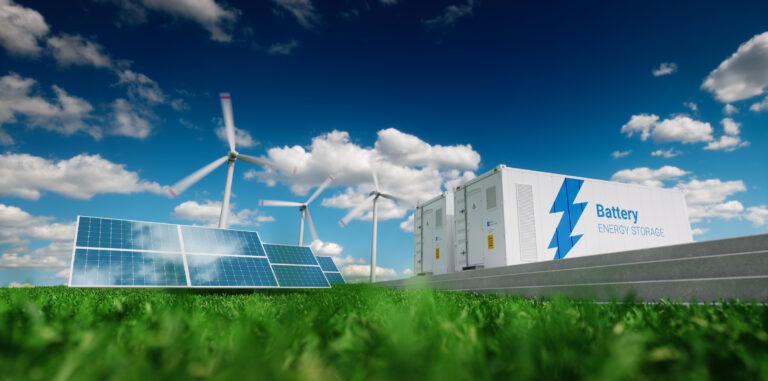The relentless push for a ‘fossil fuel free California’ continues and this year it is compliments of strong winter precipitation resulting in already strong hydro runs in combination with continued solar development resulting in lower gas deliveries this winter into California compared to other recent winters. As the map below shows, the U.S. Southwest has attracted a large quantity of solar scale development already. According to the Solar Energy Industry Association (SEIA), over 72 GW of capacity has been installed across 4,000 projects in the U.S. with another 53 GW of projects currently under development.

What is striking is looking at the proportional relationship between only solar PV, hydro and natural gas average daily dispatch by the California ISO since January 2013. For simplicity, this excludes dispatch from imports, nuclear, and small sources such as geothermal, which on average have been fairly consistent over time. The resulting time series of solar, hydro, and natural gas generation shows several interesting trends: 1) the impact of the multi-year drought in California resulted in low hydro dispatch levels in 2014 and 2015 while natural gas on average carried 80% of the mix of combined generation during the drought years, 2) utility solar PV has been on a relentless march forward from close to zero in 2013 to now almost 20% of the combined generation mix and 3) the combination of strong solar PV development with a wet winter has resulted in over 55% of generation mix coming from solar PV and hydro, pushing gas dispatch to the margin.

To put this in perspective, however, California’s natural gas demand swings from about 12 Bcf/d in the winter to about 7 Bcf/d in the summer and all-in winter-over-winter deliveries in winter 2016-2017 are only down approximately 400 MMcf/d. But in the U.S. gas market where E&Ps need every demand market to balance growing production volumes, every Mcf of demand counts.

Ironically, the Permian Basin in West Texas has seen unprecedented levels of oil investment which will bring with it associated gas. BTU Analytics expects Permian Basin natural gas production to grow by at least an incremental 3 Bcf/d reaching over 10 Bcf/d by 2021. The rub however is Permian oil producers need California natural gas demand to grow (or at a minimum stay flat) to meet growing production volumes and avoid Permian natural gas pipeline constraints and yet this winter it appears hydro and solar are taking some of that market away. To learn more about having BTU Analytics speak at a board meeting, customer event or industry event click here.









